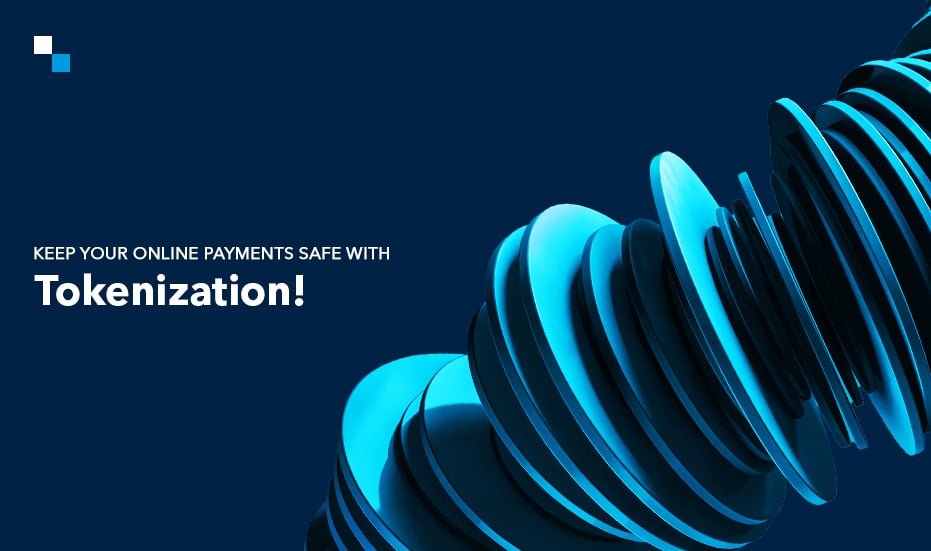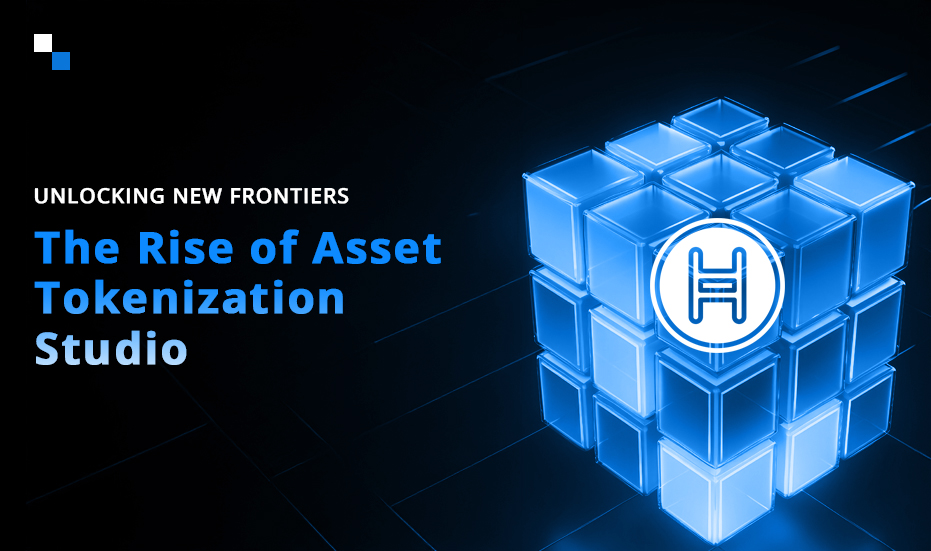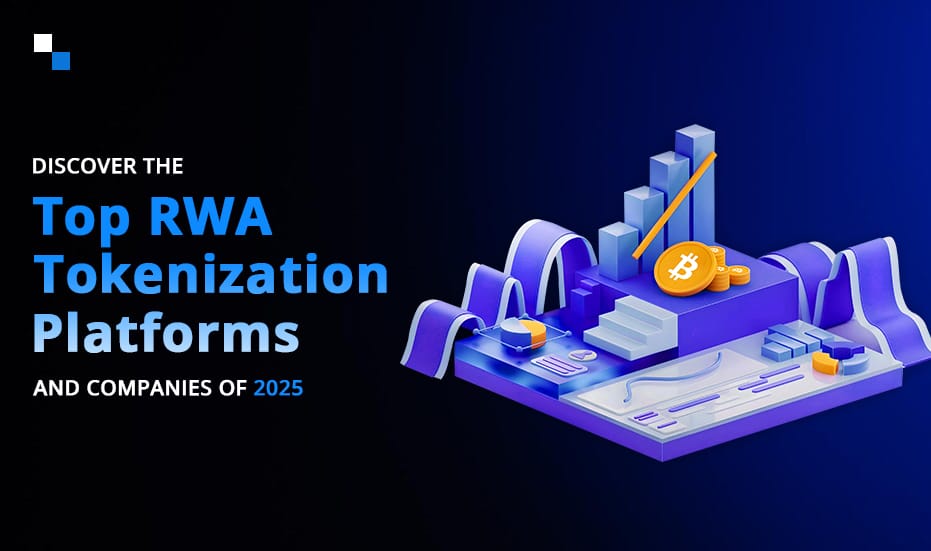
How to Build an Addictive Subway Surfer-Like Game
November 14, 2024
The Rise of Meme Coin Development: Top 10 Coins for 2025
November 14, 2024In today’s world, online transactions are part of our everyday lives. Whether we’re shopping, paying bills, or transferring money, the convenience of digital payments is undeniable. However, with this convenience comes an increasing concern: security. With cyber threats and data breaches on the rise, ensuring the safety of sensitive payment information is more important than ever. Enter tokenization payment gateway, a powerful technology designed to protect your online payments.
What Is Tokenization?
Tokenization is a security technique that replaces sensitive payment information—like credit card numbers—with a unique identifier called a token. These tokens are random strings of characters that don’t hold any value outside of the system that created them. In simple terms, tokenization is like giving your credit card a pseudonym that’s used for transactions instead of your actual card number.
When you make an online purchase, the system doesn’t send your real card number to the merchant. Instead with tokenization for online payments, it uses a token that represents your payment data, keeping your sensitive information hidden from potential hackers. Even if the token is intercepted, it’s useless to anyone who doesn’t have access to the original system.
How Does Tokenization for Online Payments Work?
Let’s break down how tokenization works when you make an online payment:
- Card Information Capture: You enter your payment details—like your credit card number—on a merchant’s website or app.
- Tokenization Process: Instead of transmitting your actual card information, the merchant’s payment gateway sends the data to a tokenization service (like Visa Token Service or Mastercard Identity Check).
- Token Generation: The tokenization service creates a unique token that represents your card details. This token is meaningless without access to the original data.
- Secure Transmission: The token is sent back to the merchant, who uses it to process the payment. Your actual card number is not stored or transmitted.
- Payment Processing: The merchant’s payment processor uses the token to verify the transaction, ensuring that your real card information is never exposed during the process.
The Key Benefits of Tokenization for Payment Gateway
Tokenization offers several compelling advantages for both consumers and businesses. Here are some of the biggest benefits for tokenization payment gateway:
1. Enhanced Security
Tokenization significantly reduces the risk of data breaches. Since your real card number is never shared with merchants or stored on their systems, it’s much harder for cybercriminals to steal and misuse this data. Even if hackers intercept a token during a transaction, they won’t be able to reverse-engineer it into your actual credit card details.
2. Fraud Prevention
When a token is compromised, only that specific token is at risk—not your actual card information. This makes it more difficult for fraudsters to carry out unauthorized transactions. By tokenizing card details, merchants can protect themselves and their customers from potential fraud.
3. Improved Customer Experience
Tokenization simplifies the checkout process, making online shopping faster and more convenient. Since customers don’t have to re-enter their card information for every transaction, the process becomes smoother. This is especially true for recurring payments (like subscriptions), where the token can be used for future transactions without needing to re-enter payment details.
4. Regulatory Compliance
Tokenization helps businesses comply with data protection regulations such as the General Data Protection Regulation (GDPR) in Europe or the California Consumer Privacy Act (CCPA). By minimizing the storage and transmission of sensitive data, businesses reduce their exposure to potential fines and penalties.
Real-World Applications of Tokenization in Payment
Tokenization is already being used in a variety of industries to improve security and streamline payments. Let’s look at some examples of Applications of Tokenization in Payment:
1. Payment Gateways
Popular payment gateways like PayPal and Stripe use tokenization to protect user data. When you store your credit card information with PayPal, for example, it’s not saved as the actual card number. Instead, it’s replaced by a token. This token is used for all future transactions, keeping your real card information secure.
2. Mobile Payments
Mobile payment apps like Apple Pay and Google Pay are built on tokenization. When you make a purchase using these apps, a unique token is created for each transaction. This ensures that your actual card information is never transmitted during the payment process.
For example, when you use Apple Pay, your device generates a token that represents your card details. This token is then used to authorize the payment, providing an added layer of security over traditional card transactions.
3. E-Commerce Platforms
Major e-commerce platforms like Amazon and eBay also use tokenization to safeguard your payment details. When you make a purchase on these sites, your card information is tokenized, reducing the risk of sensitive data being compromised during the transaction.
The Future of Tokenization for Applications in Tokenization
Tokenization is an evolving technology, and we’re likely to see more innovative applications in the coming years. Here are a few potential future developments of applications in tokenization:
1. Biometric Tokenization
One exciting future possibility is the use of biometric data (like fingerprints or facial recognition) to generate tokens. This would add another layer of security to online payments, allowing consumers to authenticate transactions using their unique biological identifiers.
2. Blockchain-Based Tokenization
With blockchain technology on the rise, we may see tokenization systems that are decentralized and more transparent. Blockchain could offer even stronger security and immutability, making it harder for bad actors to manipulate the tokenization process.
3. Tokenization for IoT Devices
As more Internet of Things (IoT) devices come into play—like smart appliances or connected cars—tokenization could help secure the payment transactions made through these devices. Tokenizing payments for IoT devices can prevent unauthorized access and safeguard sensitive information from cyberattacks.

Challenges and Limitations of Tokenization
While tokenization is an incredibly effective security measure, it’s not without challenges. Here are a few things to keep in mind:
1. Complex Implementation
Tokenization can be complex to implement, especially for businesses with existing payment systems. It requires integration with payment gateways, as well as compatibility with various devices and platforms. This can take time, effort, and investment to ensure a smooth transition.
2. Interoperability
Since tokenization systems may vary between service providers, ensuring interoperability can be tricky. Businesses need to ensure that tokens can be used across different platforms without compatibility issues.
3. Cost Implications
While the long-term benefits of tokenization—like fraud prevention and reduced compliance costs—are significant, there may be initial costs involved in integrating tokenization solutions. These can include fees for service providers and the cost of system updates to support tokenization.
Mitigating Challenges and Maximizing Benefits
To maximize the benefits of tokenization, businesses can take several steps:
- Partner with Reputable Tokenization Providers: Work with service providers that have strong security protocols and a proven track record in tokenization.
- Prioritize Security: Implement encryption, multi-factor authentication, and other security measures to protect tokenized data.
- Stay Updated: Keep abreast of industry standards and best practices in tokenization to ensure ongoing security and compliance.
- Conduct Security Audits: Regularly audit your systems to identify vulnerabilities and take corrective action before any issues arise.
- Employee Training: Train employees on the importance of data protection and the best practices for securing sensitive information.
Conclusion
Tokenization is rapidly becoming the gold standard for securing online transactions. By replacing sensitive data with unique tokens, it helps reduce the risk of data breaches, fraud, and other cyber threats. With widespread adoption by payment gateways, mobile apps, and e-commerce platforms, tokenization is already reshaping the way we conduct online transactions.
As the Tokenization for Online Payments technology continues to evolve, we can expect even more innovative applications that will enhance the security, efficiency, and convenience of digital payments. Whether it’s through biometric tokenization, blockchain-based systems, or securing IoT devices, tokenization is poised to be at the forefront of online payment security for years to come.




